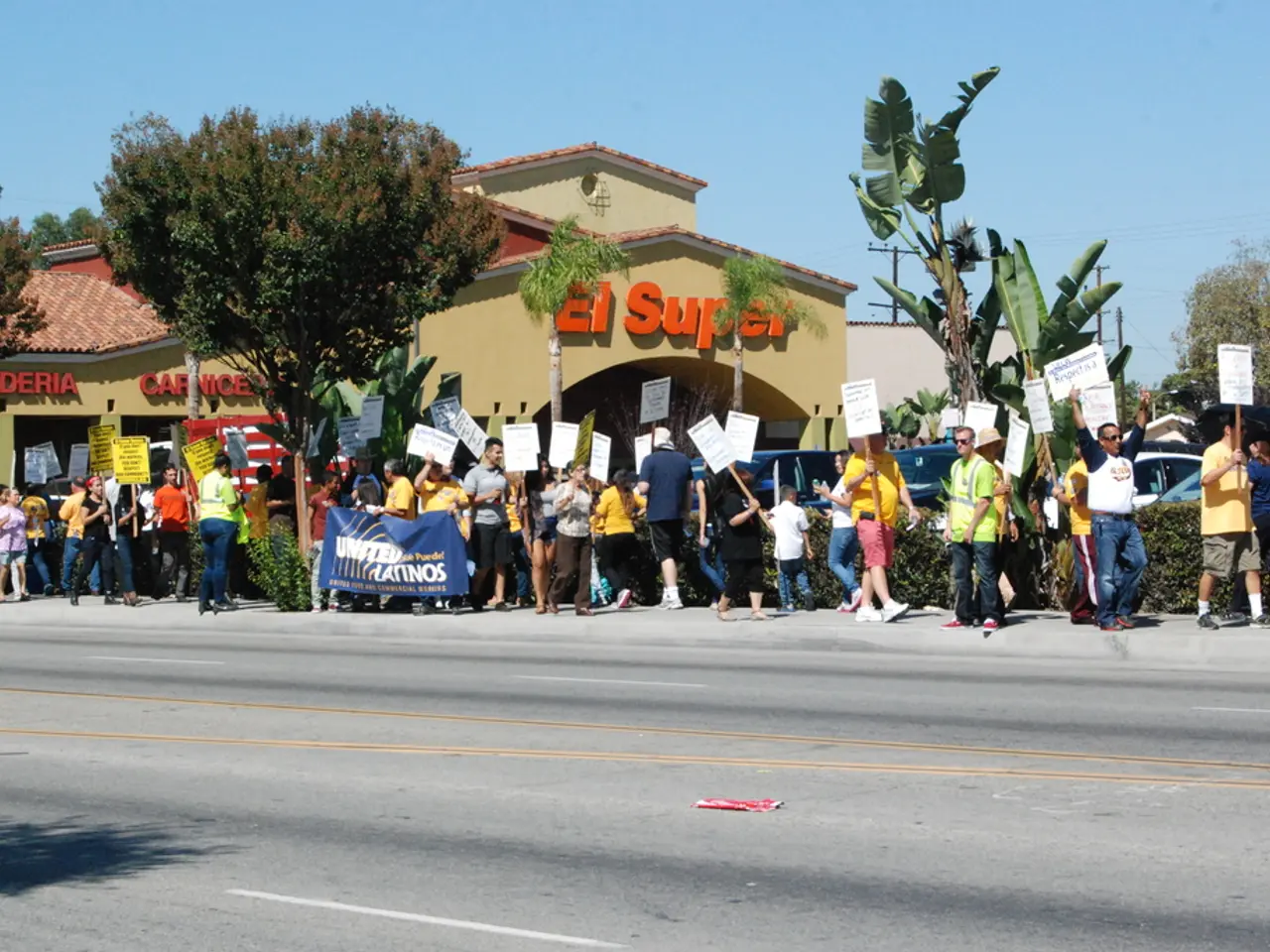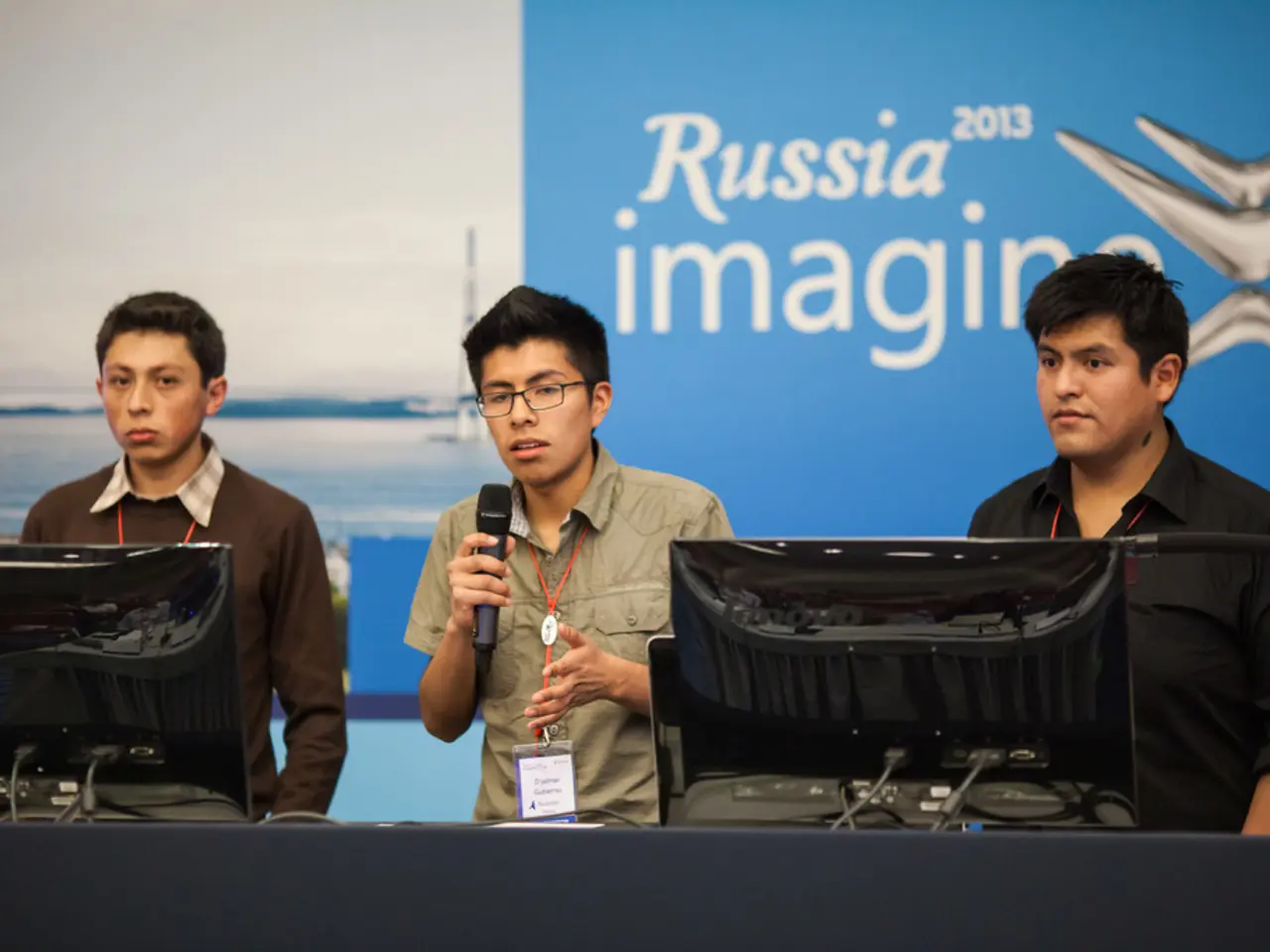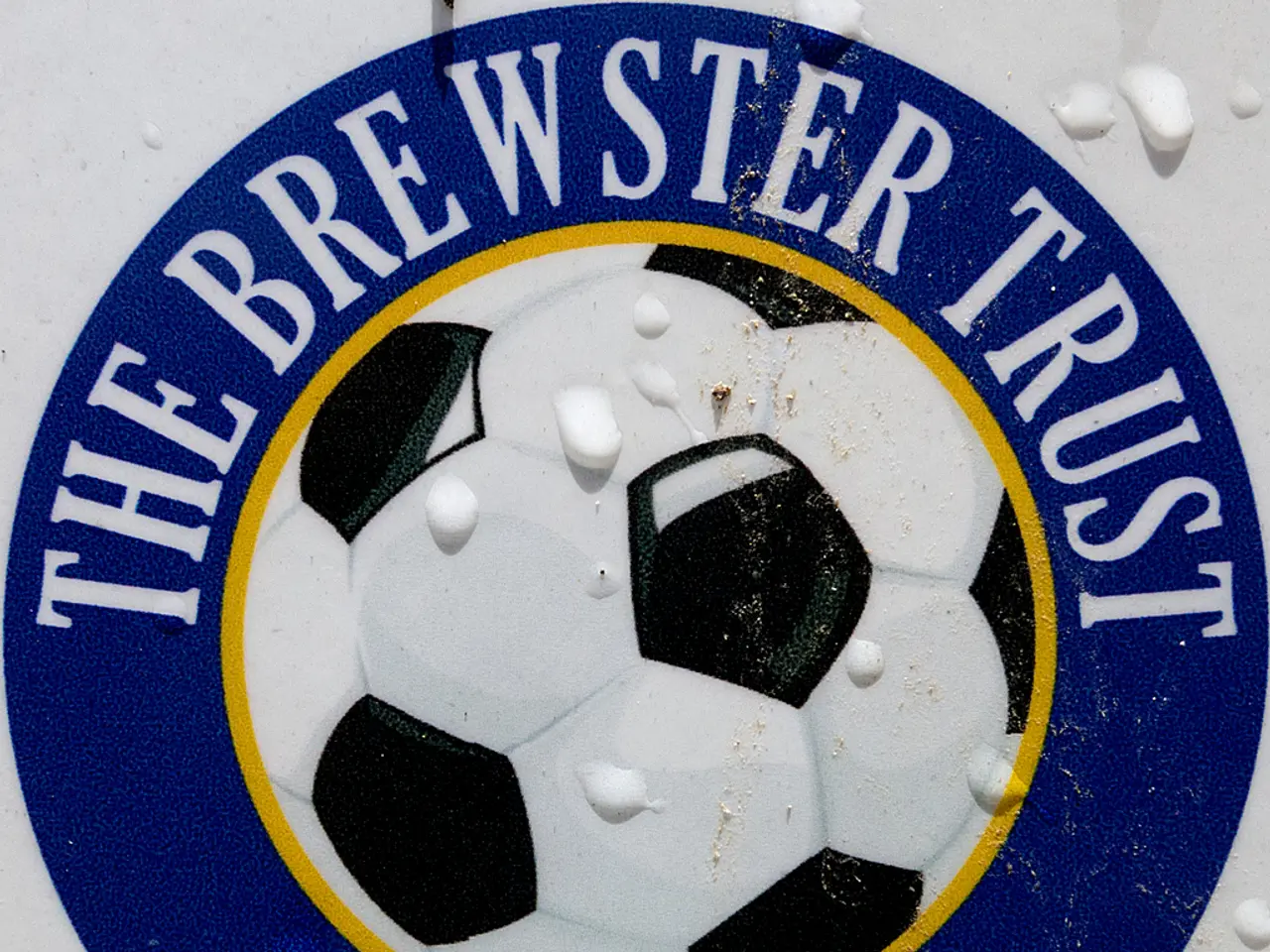Annual Surveys Begin Post-New Year to Assess Public Opinions on Various Matters
A Comparative Analysis of Polling Trends in U.S. Presidential Elections
In the ever-evolving landscape of American politics, polling plays a crucial role in shaping public discourse and predicting election outcomes. Let's delve into the trends of polling in U.S. presidential elections from 2008 to 2020, and compare them with the most recent race.
2008 and 2012 (Obama vs. McCain/Romney): During these elections, polling trends were relatively predictable, with Barack Obama maintaining consistent leads in most national polls and many battleground states throughout both campaigns. Polls generally reflected the eventual outcomes, with Obama winning both elections by comfortable margins.
2016 (Trump vs. Clinton): Polls showed Hillary Clinton leading nationally by about 3-5 points on average. However, state-level polling in key swing states (Pennsylvania, Michigan, Wisconsin) underestimated support for Donald Trump. This led to surprise wins for Trump in several Rust Belt states, which were pivotal for his Electoral College victory. Polls had relatively high accuracy nationally but struggled in localized state samples.
2020 (Biden vs. Trump): Polling showed Joe Biden leading nationally and in most battleground states by larger margins than 2016 polls, partly due to increased polling sophistication and attention to demographic shifts. However, some state polls still underestimated Republican support, though the errors were smaller than in 2016. Overall, the 2020 polls were more accurate in forecasting outcomes but still highlighted challenges in capturing late undecided or shifting voters.
Key Comparisons:
| Aspect | 2008-2012 | 2016 | 2020 | |-----------------------|--------------------------------------|----------------------------------------|-------------------------------------------| | Poll accuracy | Generally good nationally and state | Good nationally; some state-level errors| Improved but some similar state errors | | Margin forecasts | Reflective of final results | Often underestimated Trump in battleground states | Larger leads for Biden; smaller errors | | Voter turnout impact | Moderate, typical for presidential | High turnout with polarized electorates| Very high turnout, early/mail voting changes | | Swing state volatility| Moderate | High, with surprise Trump wins | Moderate volatility, repeat battlegrounds |
In summary, polling from 2008 to 2012 showed stable trends aligned well with eventual outcomes, while 2016 exposed flaws in state-level polling that underestimated Trump’s surge in key battlegrounds. The 2020 election's polling incorporated lessons from 2016, resulting in generally more reliable forecasts but still grappling with state-level nuances and turnout shifts.
For those seeking detailed numeric polling data or graphical trend comparisons, specialized election analysis organisations such as FiveThirtyEight, RealClearPolitics, or Pew Research provide comprehensive archives on those elections.
In addition to providing data for the Iowa Republican and Democratic Caucuses and the national polls, RealClear Politics also offers insights for the 2020 Democratic Presidential Nomination. Furthermore, the podcast "Politics. Policy. Polling. Pop Culture." hosted by Margie Omero (Democrat) and Kristen Soltis Anderson (Republican) often features interviews with pollsters, journalists, and other industry leaders.
Recent polls on New Year's resolutions conducted by Polly/Advanced Symbolics Inc. in 2020 reported that almost half of people were found to stick to their resolutions. Moreover, the podcast has shared fresh, friendly looks at the numbers driving the week's biggest stories in news, politics, tech, entertainment, and pop culture, as well as offering insights into who is currently ahead in the national polls for the 2020 presidential election.
FiveThirtyEight also discusses the question of whether Americans support Trump's impeachment and lists the 5 best and weirdest charts they made in 2019. Additionally, the Pew Research Center published 56 data visualizations in 2019, and a report titled "What Black Americans Want in 2020" was published by Third Way/JCPES.
To stay updated on the latest polls around the country, you can follow the podcast on Twitter or find it on Facebook. A leaked memo revealed that Andrew Yang asked the DNC for more debate polls, highlighting the ongoing importance of polling data in shaping political discourse.
- Polling trends in U.S. presidential elections from 2008 to 2020 have showcased the impact of polling on shaping public discourse and predicting election outcomes.
- In the 2008 and 2012 elections, polls generally reflected the eventual outcomes with Barack Obama maintaining consistent leads.
- In the 2016 election, polls showed Hillary Clinton leading but underestimated support for Donald Trump in key battleground states.
- Polling in the 2020 election showed Joe Biden leading by larger margins, with improvements in overall accuracy but continued challenges in state-level nuances and turnout shifts.
- For those interested in detailed polling data, specialized election analysis organizations like FiveThirtyEight, RealClearPolitics, or Pew Research provide comprehensive archives on these elections.
- The podcast "Politics. Policy. Polling. Pop Culture." offers insights into the numbers driving the week's biggest stories in news, politics, tech, entertainment, and pop culture, and features interviews with pollsters, journalists, and other industry leaders.
- To stay updated on the latest polls, follow the podcast on Twitter or find it on Facebook, and remember the ongoing importance of polling data as highlighted by the leaked memo revealing that Andrew Yang asked the DNC for more debate polls.







